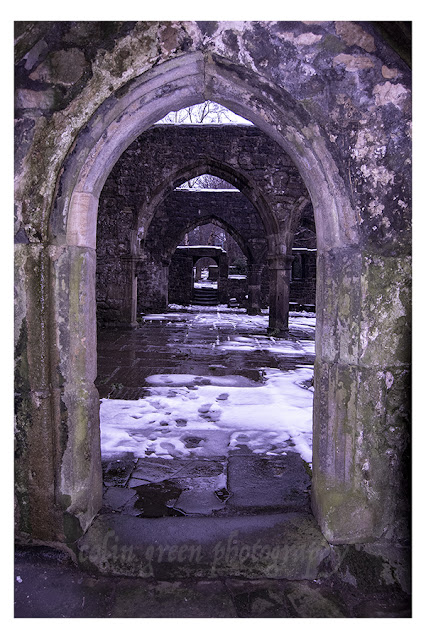On a crisp December day in 2013, armed with my Samsung Galaxy Tablet, I had the pleasure of capturing the timeless beauty of the Smith Art Gallery and Library in Brighouse. This remarkable institution, steeped in history and culture, serves as a testament to the town's rich heritage and its commitment to public enrichment.
From Private Residence to Public Treasure: The Genesis of a Landmark
The story of the Smith Art Gallery and Library begins in 1841, when the impressive building, then known as "The Rydings," was constructed as the private residence of John Brooke, a prominent local miller. Fast forward to 1897, and this grand edifice underwent a significant transformation. The town of Brighouse acquired the property, embarking on a visionary project to convert it into the Brighouse Library. The surrounding grounds were simultaneously transformed into the town's very first public park, meticulously designed by Charles Kershaw and opened to the public in 1898.
A Royal Opening and a Philanthropic Legacy
The cultural significance of this site was further elevated with the opening of the Smith Art Gallery in May 1907. This addition was made possible through the generous patronage of William Smith, a local mill owner, who not only funded its construction but also contributed significantly to its initial art collection. The gallery's inauguration was a truly momentous occasion, marked by the presence of Princess Louise, who holds the distinction of being the first member of the royal family to visit Brighouse.
A Glimpse Inside: Art Through the Ages
While the Smith Art Gallery originally boasted four galleries, it currently features two. The front gallery offers a captivating exhibition of oil paintings, showcasing the talents of renowned artists. Among them are works by John Atkinson Grimshaw, a celebrated Victorian-era artist from Leeds, known for his atmospheric cityscapes and moonlight scenes. You can also admire pieces by Marcus Stone, an English painter from London and a distinguished member of the Royal Academy, as well as the exquisite landscapes of Thomas Sydney Cooper, an artist hailing from Canterbury.
The rear gallery, in contrast, is a dynamic space that continuously evolves. It hosts a diverse and constantly changing display, featuring everything from the vibrant works of local artists to intriguing touring exhibitions, thought-provoking photography, and captivating sculptures. This ensures that every visit offers a fresh and engaging artistic experience.
The Smith Art Gallery and Library stands not just as a building, but as a vibrant hub of knowledge, art, and community, a true jewel in the heart of Brighouse.






















































